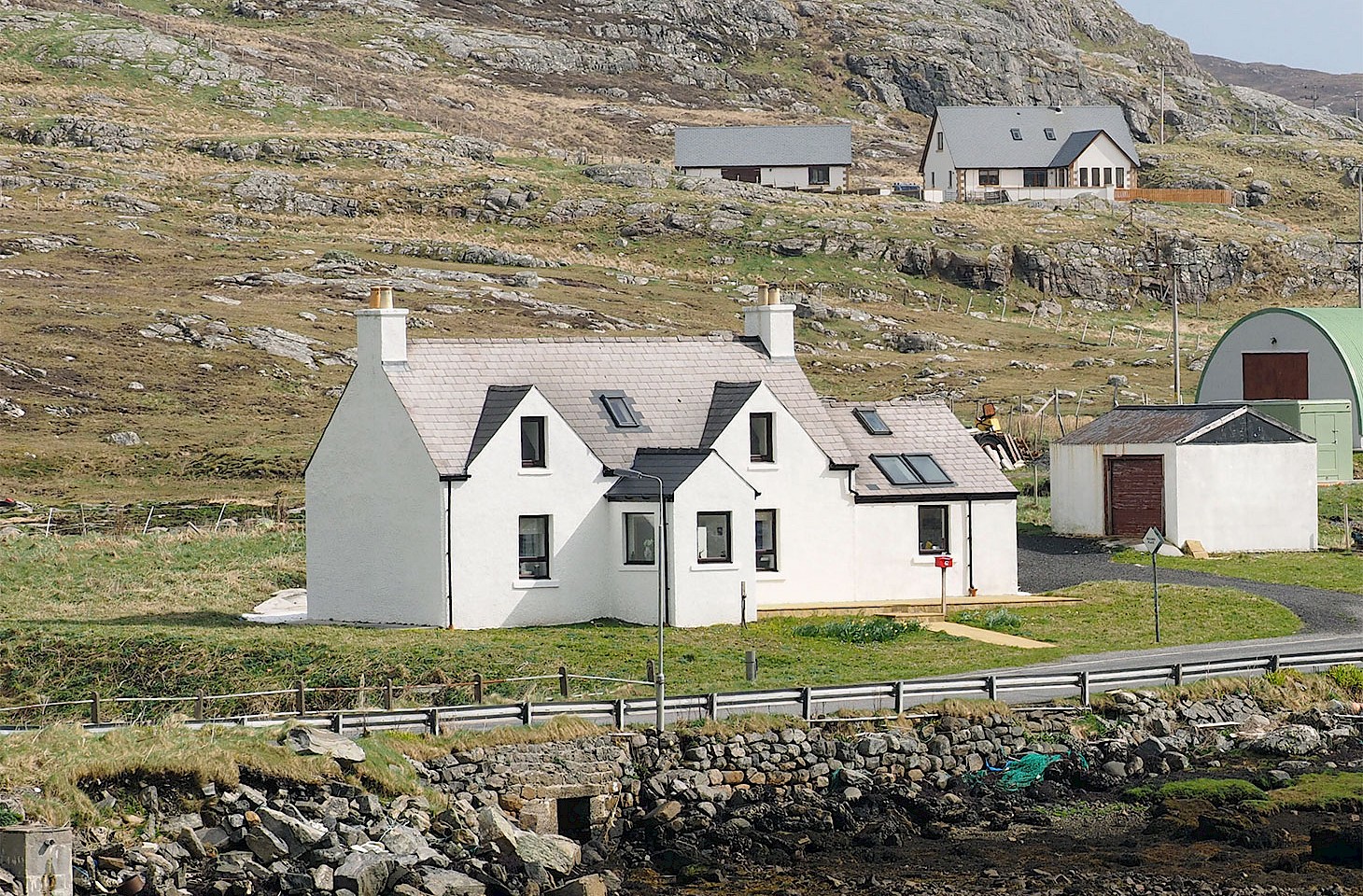Dear fellow travellers
During these first days of April, we have not ventured far from home. And yet there is a tangible sense of having travelled - if not through space, then through time. Ten days ago, much of eastern Germany was still formidably wintry. The little pond in front of our scriptorium was so thick with ice that it was a skating rink for the cats who prowl by dusk. Icicles hung from garden sheds and the snow tumbled in drifts over ivy and rock gardens.
Across much of Europe, this winter was painfully long though never exceptionally cold. In capital cities across central Europe (such as Berlin, Warsaw and Prague), temperatures never once fell below minus 20 degrees Celsius. In lowland areas of Britain and Ireland there was barely a day when the temperature failed to rise at least to zero degrees Celsius. See this note for some interesting data on this point.
These first ten days of April have happily reminded us that winter never lasts forever. We are of course the lucky ones. Cold conditions persist over a great tract of northern Scandinavia and north-west Russia where the mercury this morning was still below minus 20. But here in Berlin, a pair of ducks are back at our pond - principally, we think, to ascertain whether any fish might have survived the winter. As spring eclipses winter, nature becomes one large self-service restaurant.
These past days we have held vigil, watching as day-by-day the snow retreated from the fields and gardens. This changing landscape had all the character of the best journeys. Like on the tundra, rocks and frost-bitten shrubs emerged. White gave way to a palette of greys and greens. The magnolia is the most intuitive of plants. Its buds started to swell even before the snow had gone. The first snowdrop cannot now be far away.
This year, the journey from winter has a dose of drama about it. And the performance is still in progress. It is a piece of theatre well worth watching. It is good reason to stay at home. Travel writing does not always require an engagement with far-flung places.
Henry David Thoreau set the stage for writers who evoke a sense of place and the spirit of landscape without ever travelling far from their front door. "I have travelled a good deal in Concord," wrote Thoreau (referring to the New England township where he was born - not to the plane with a similar name!). He knew Concord like no other, and wove words about Concord like no other. In fact Thoreau ventured only reluctantly beyond the borders of the township. Concord was his world.
True, he did make journeys to Cape Cod, the Maine woods, Québec and Niagara - all of which he wrote about with great eloquence. Yet Thoreau's finest prose, most notably his essay Walden, was about the pretty pastures, woods and lakes of Concord township.
The peculiar skill of the accomplished travel writer is that she or he has an eye for detail and the knack of capturing a scene or a moment in words. The city street and the country footpath close to home often say more about our lives and our world than celebrated sights in distant lands. Indeed, la vie quotidienne is often more interesting than what goes on in the glitz and gloss of multi-starred resorts.
We have learnt a lot from Thoreau. We have learnt the importance of dissent and the value of civil disobedience. And we've learnt that some of the most wonderful journeys in the world are on our doorstep. One of the finest of those journeys has been passing our window during these first days of April.
Nicky Gardner and Susanne Kries
(editors, hidden europe magazine)


